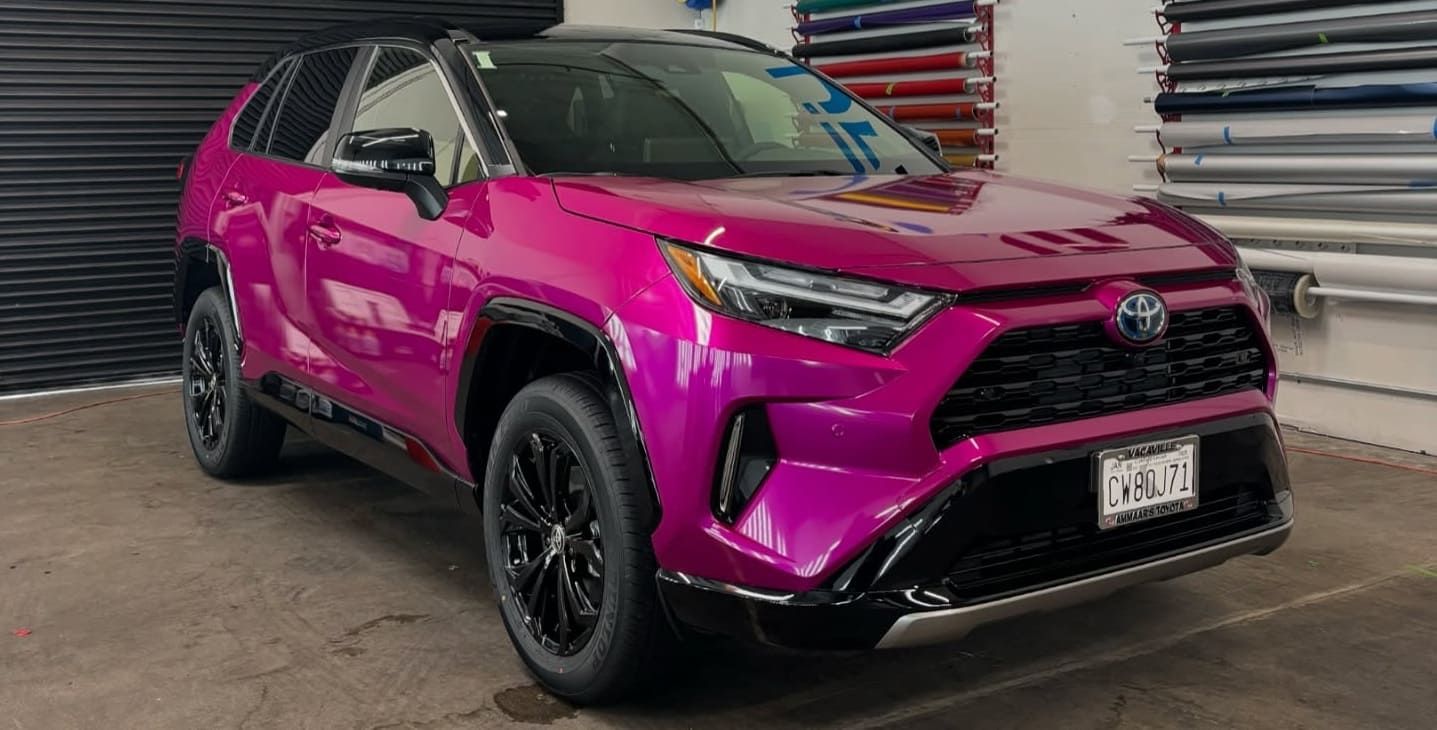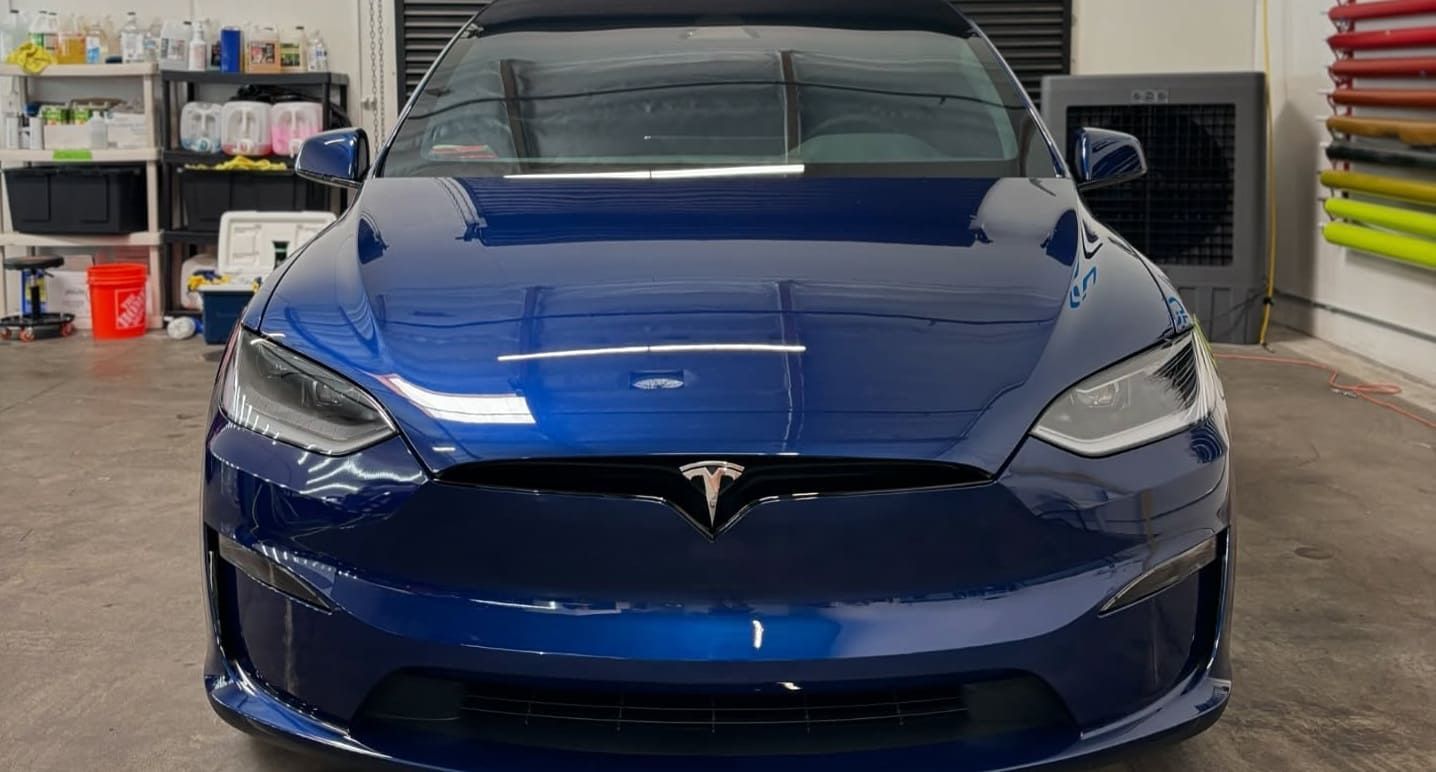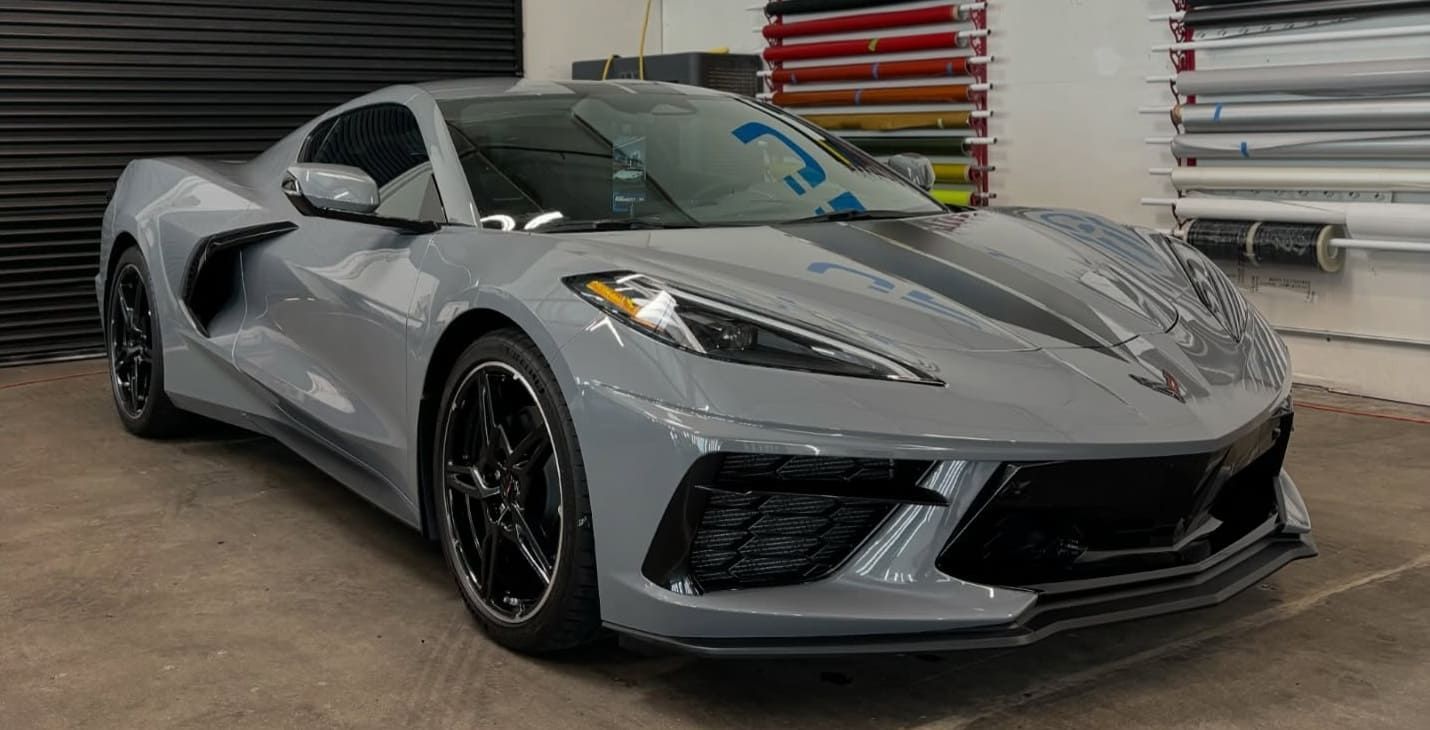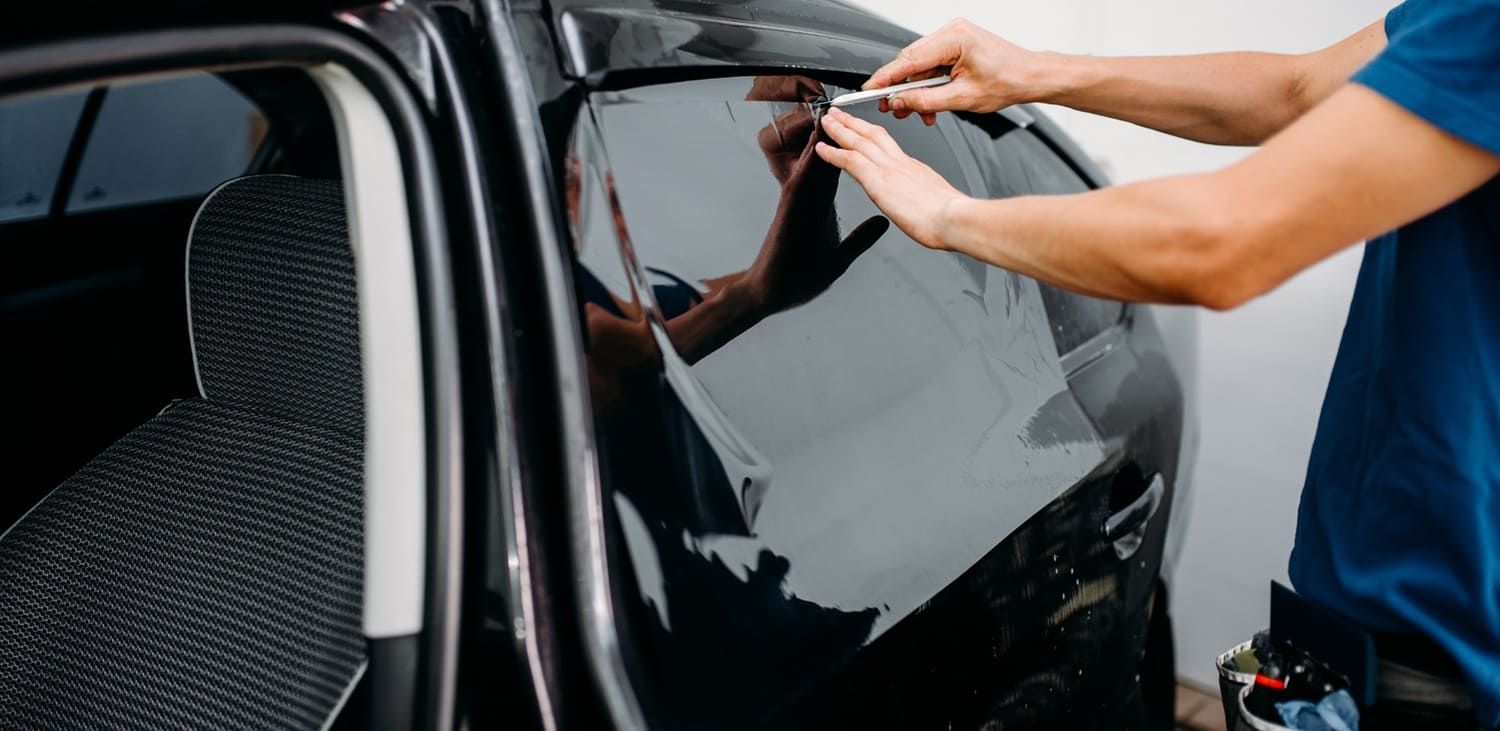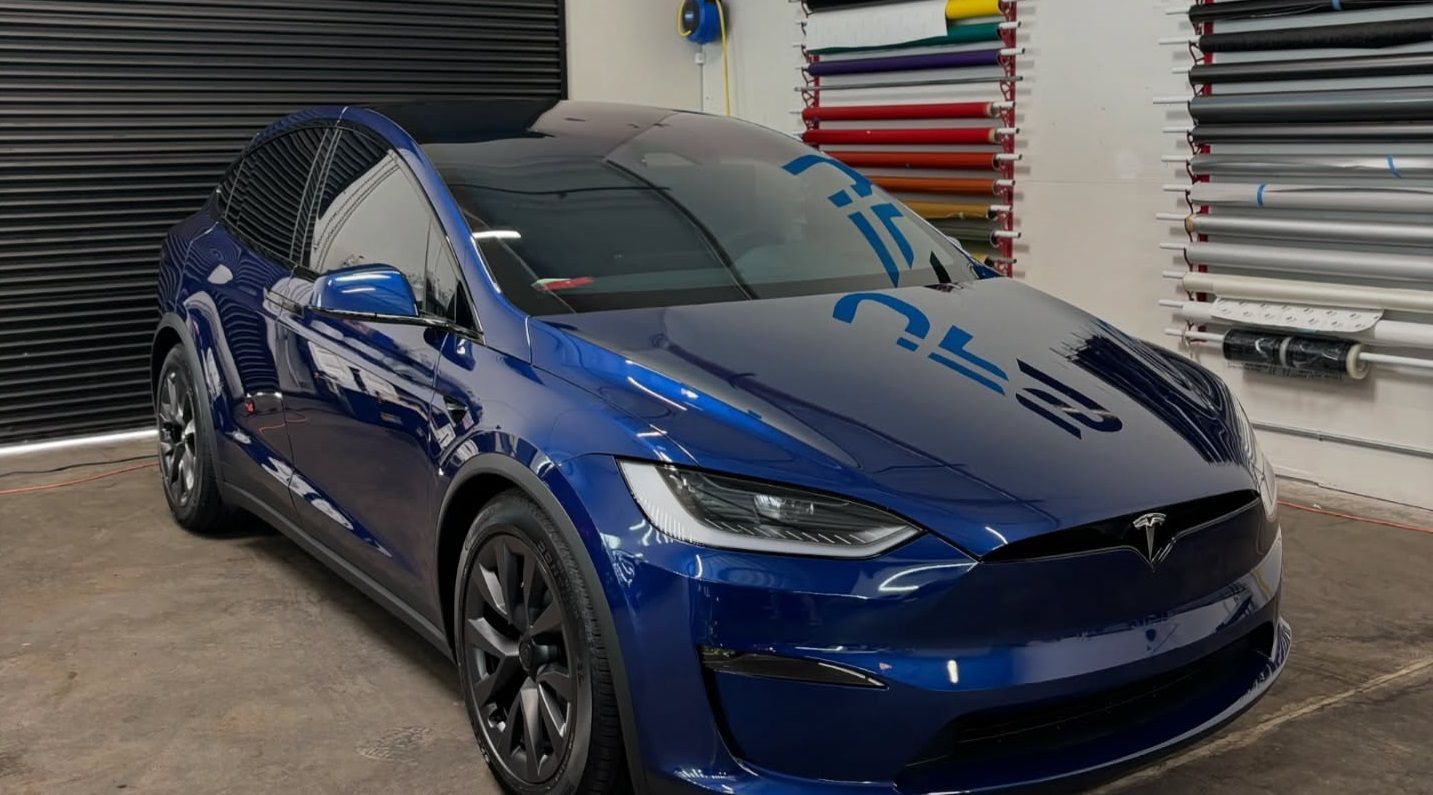Is Your PPF Underperforming? Tips to Improve Durability
Paint Protection Film is a thermoplastic urethane film applied to painted surfaces of new or used cars. Its primary purpose is to protect the paint from chips, scratches, and environmental contaminants. By creating a barrier between your car's exterior and the damaging elements it encounters daily, PPF can significantly prolong the life of your vehicle's paintwork. This protection is particularly valuable in harsh climates or areas with frequent road debris.
PPF is a popular choice among car owners for several reasons:
- Scratch Resistance: PPF absorbs minor scratches and abrasions, maintaining your car's flawless finish. The film acts as a sacrificial layer, taking damage that would otherwise harm the paint.
- UV Protection: It blocks UV rays, preventing paint from fading over time. This is especially important for vehicles exposed to direct sunlight for prolonged periods.
- Self-Healing Properties: Many PPFs can self-heal minor scratches when exposed to heat. This means that small imperfections can disappear, keeping the film looking new.
- Increased Resale Value: A car with well-maintained paint is more appealing to potential buyers. A vehicle that looks newer and better cared for can command a higher resale price.
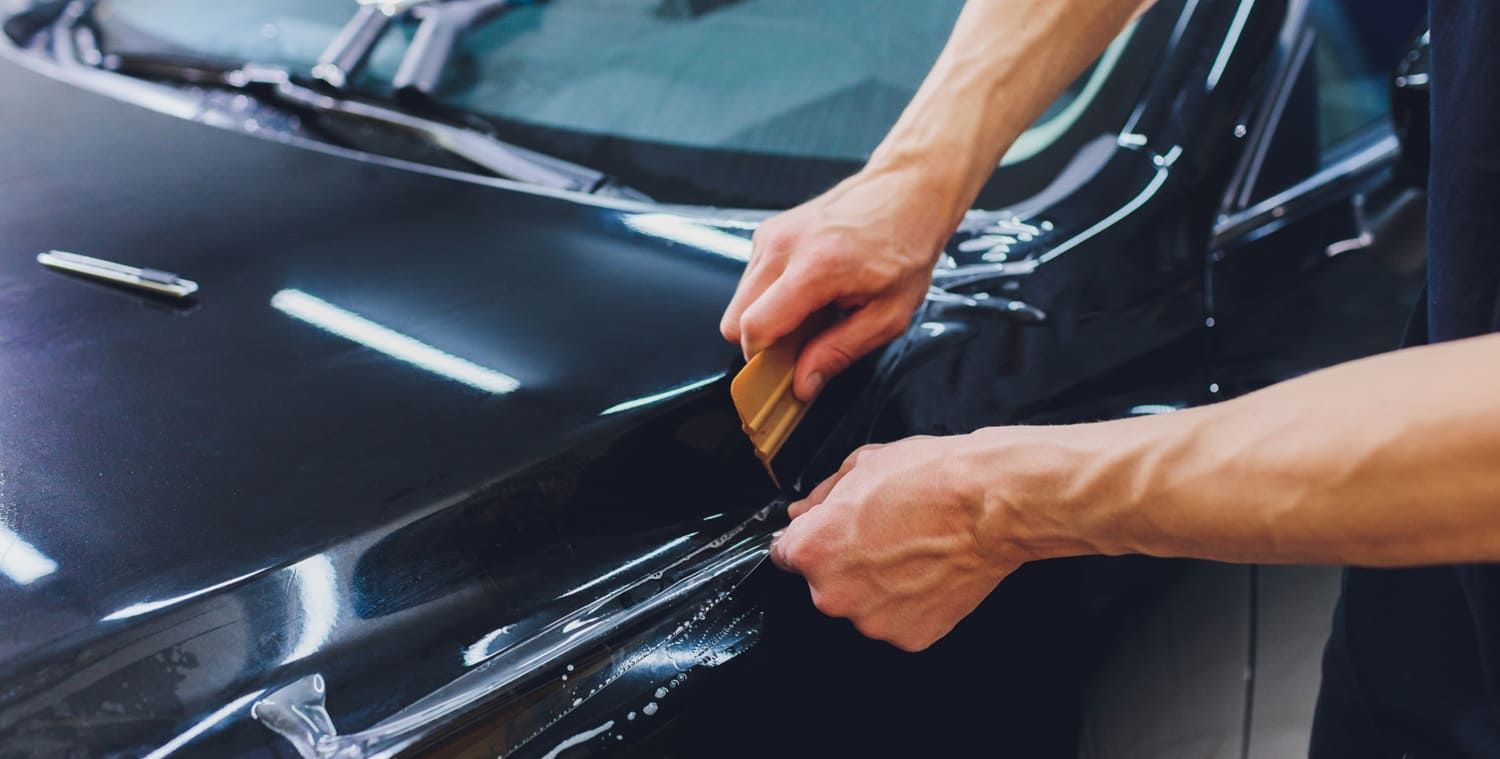
Signs That Your PPF Is Underperforming
Before diving into solutions, it's essential to recognize the signs that indicate your PPF isn't performing as it should. Understanding these signs can help you take timely action to prevent further damage:
- Discoloration: Yellowing or discoloration suggests the film is degrading due to prolonged UV exposure. This can compromise the film's effectiveness and aesthetics.
- Peeling or Bubbling: Improper installation or poor quality film often leads to peeling or bubbling. These issues can expose your paint to damage and reduce the film's protective capabilities.
- Loss of Gloss: If the film looks dull, it might be losing its protective properties. A lack of shine can indicate that the film's surface has been compromised.
- Visible Scratches: Deep or numerous scratches can indicate that the PPF isn't self-healing properly. If scratches are not disappearing, it might suggest a need for replacement or repair.
Tips to Improve the Durability of Your PPF
Regular Cleaning
Keeping your PPF clean is the first step in maintaining its performance. Dirt and debris can scratch and wear down the film over time. Regular cleaning is crucial to keep the film looking and functioning at its best.
- Use a Soft Cloth: Avoid abrasive materials that can scratch the film. A microfiber cloth is ideal because it gently removes dirt without causing damage.
- Mild Detergent: Use a gentle car wash soap. Avoid harsh chemicals like ammonia or alcohol-based cleaners, as they can degrade the film's surface.
- Regular Schedule: Wash your vehicle regularly, at least once every two weeks, to prevent buildup. Consistent cleaning prevents contaminants from embedding into the film.
Proper Installation
The longevity of PPF significantly depends on its installation. A well-installed film can last for years, whereas poor installation can lead to early failure.
- Choose a Professional Installer: Ensure that the PPF is applied by a qualified professional. Search for "PPF near me" to find reliable installers in your area. Professional installation ensures that the film adheres properly and performs as expected.
- Check for Quality Material: Opt for high-quality films from reputable brands to ensure the best performance and durability. Quality films are more resistant to yellowing and other forms of degradation.
Avoid Harsh Conditions
While PPF is designed to withstand various elements, it's wise to avoid certain harsh conditions whenever possible. Protecting the film from extreme conditions can extend its lifespan.
- Extreme Weather: Prolonged exposure to excessive sun or cold can affect the film's properties. Whenever possible, park your vehicle in a garage or under cover.
- Chemicals: Avoid letting gasoline, oils, or bug sprays sit on your PPF for extended periods. These substances can degrade the film if not promptly washed off.
Use a Protective Sealant
Applying a sealant over your PPF can provide an extra layer of protection. This sealant adds to the film's UV resistance and enhances its gloss, offering an additional shield against environmental damage.
- Select a Compatible Product: Ensure the sealant is compatible with your PPF to prevent any adverse reactions. Incompatible products can cause the film to cloud or degrade.
- Regular Application: Reapply the sealant every six months for optimal protection. Consistent use of a sealant can significantly enhance the film's protective properties.
Invest in Quality Maintenance Products
The right maintenance products can extend the life of your PPF. Investing in products specifically designed for PPF ensures that the film remains in top condition.
- PPF-Specific Cleaners: These are designed to clean without harming the film. They can effectively remove dirt and grime without risking damage.
- Ceramic Coatings: Applying a ceramic coating on top of your PPF can enhance its protective features and make cleaning easier. Ceramic coatings add a hydrophobic layer, repelling water and contaminants.
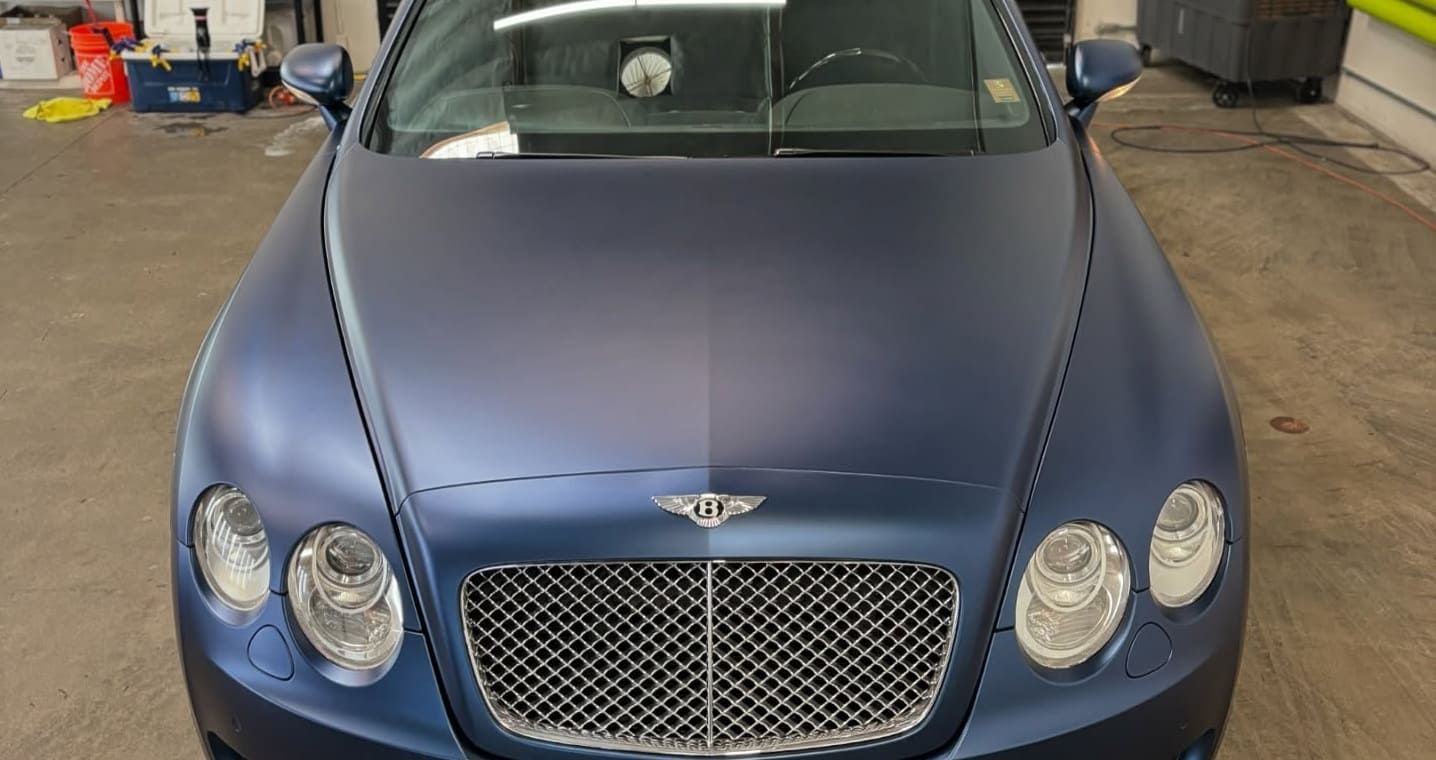
Troubleshooting Common PPF Issues
Even with proper care, issues might arise. Recognizing problems early and addressing them promptly can prevent further damage.
Peeling or Bubbling
- Reinstallation: If bubbles appear soon after installation, return to the installer. They might need to reapply the film. Proper reapplication can resolve adhesion issues.
- Heat Application: For minor bubbles, carefully use a heat gun to smooth them out, but proceed with caution to avoid damaging the film. Heat can help the film adhere more securely.
Discoloration
- Film Replacement: Unfortunately, once PPF discolors, the best solution is to replace it. High-quality films resist yellowing longer, making them a better investment.
- Routine Checks: Regularly inspect your PPF for early signs of discoloration. Early intervention can prevent extensive damage and maintain the film's appearance.
Persistent Scratches
- Professional Help: For scratches that don't self-heal, consult with a professional. They might need to apply heat or replace sections of the film. Professional assessment ensures appropriate treatment.
- Heat Treatment: Sometimes, applying heat can encourage the self-healing properties of the film. However, this should be done by a professional to avoid damage.
Final Thoughts
Maintaining the durability of your Paint Protection Film (PPF) is crucial for preserving your vehicle's appearance and value. By following these tips, you can ensure that your PPF continues to protect your vehicle effectively. Regular care and maintenance can keep your car looking new and enhance its value over time.
At Ultimate Film Solutions, we specialize in premium PPF installations in North Hollywood and Sacramento, CA, providing long-lasting protection for your vehicle.
By understanding how to maintain your PPF, you can significantly enhance its lifespan and enjoy the full benefits of its protective qualities. Whether you're a car enthusiast or simply want to keep your vehicle in top condition, these tips will guide you in making the most of your investment. Consistent attention to your PPF's condition and performance can lead to years of reliable protection.
Contact Ultimate Film Solutions today for a free estimate, and let us help you keep your vehicle protected with the best Paint Protection Film available!

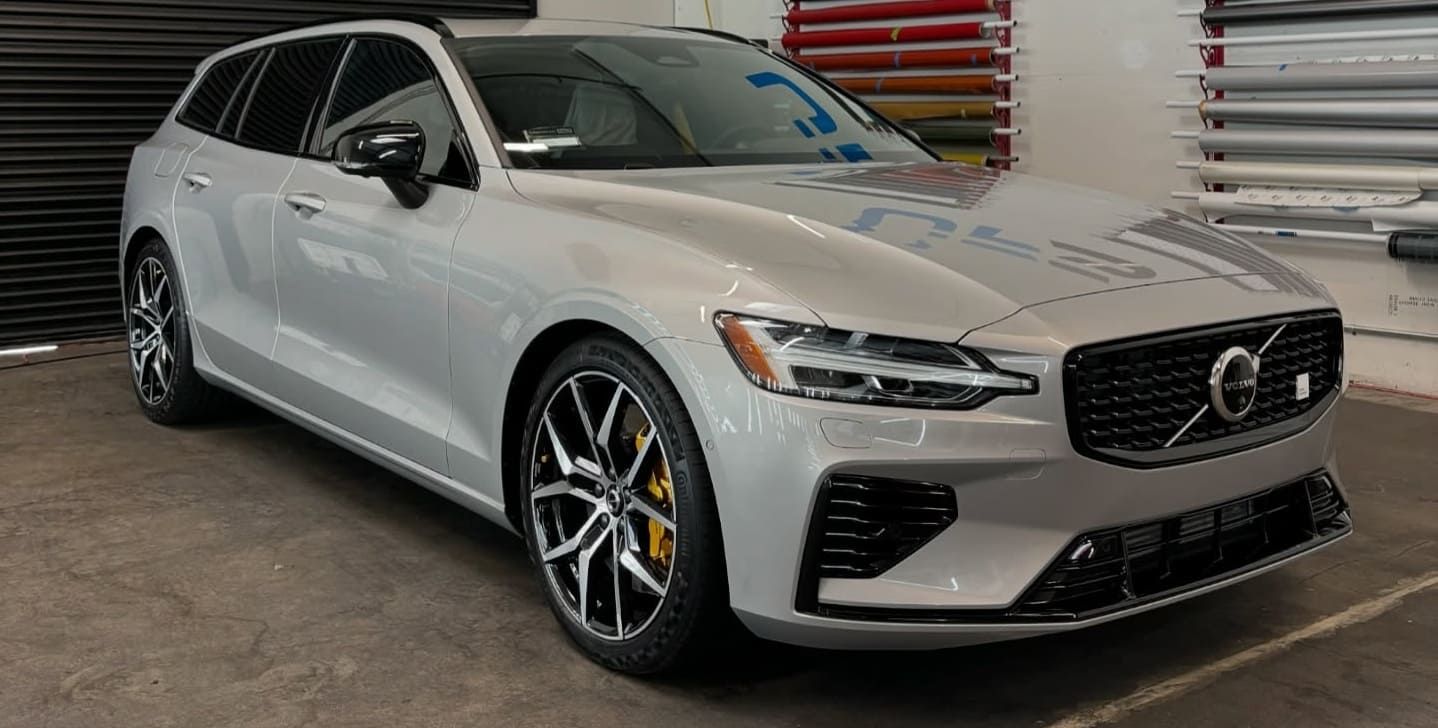
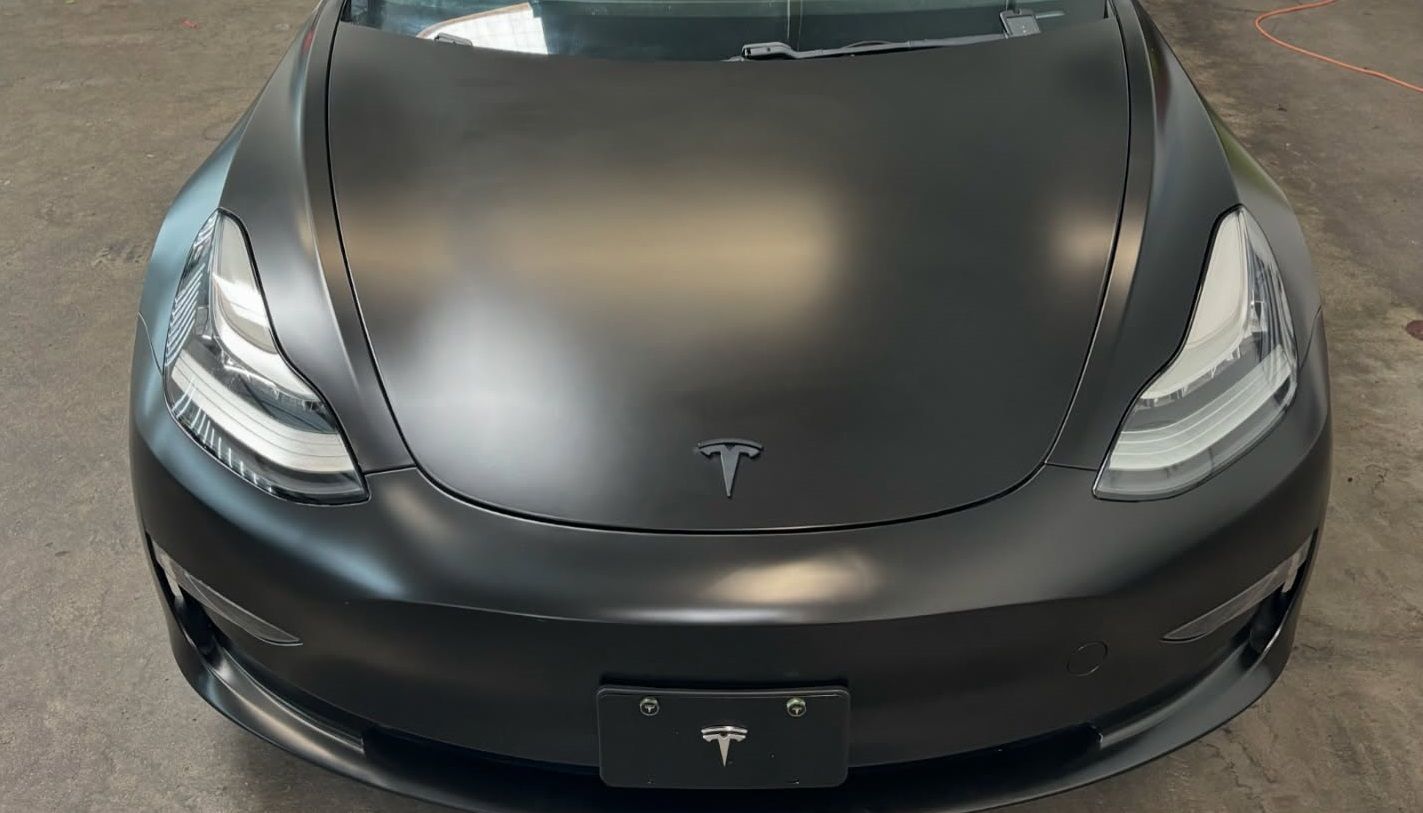

North Hollywood
Business Hours
Monday - Saturday: 9am to 6pm
Sunday: CLOSED
Sacramento
Business Hours
Monday - Friday: 8am to 5pm
Saturday - Sunday: CLOSED

All Rights Reserved | Ultimate Film Solutions


